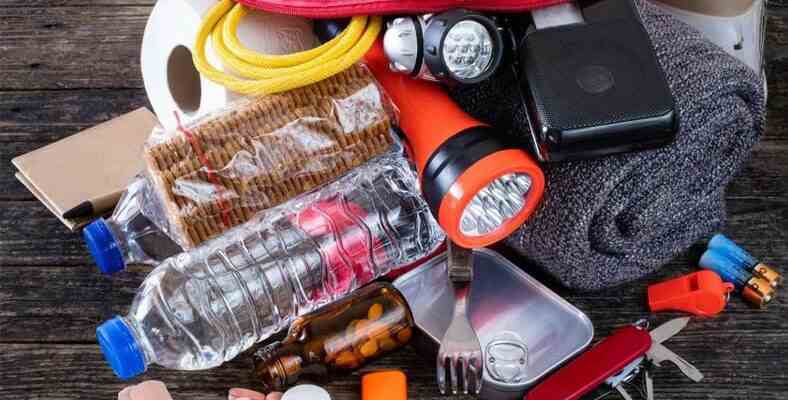After the Kahramanmaraş earthquakes, we all saw once again that preparation is as important as responding to the earthquake. If we can secure ourselves in a possible earthquake, our chances of survival increase. However, we must be prepared for the moment of earthquake. We have compiled for you how to prepare an earthquake kit in the light of the information provided by AFAD.
Earthquake, Turkey’s biggest reality, continues to show its face when we least expect it. Although the first condition for our safety is the soundness of the houses we live in, it is very difficult to stand before the destructiveness of the earthquake. For this reason, we have to be prepared for an earthquake in every second of our lives, both psychologically and physically. What needs to be done individually is quite simple.
Preparing an earthquake kit can save the life of us and our loved ones in an unexpected disaster. According to the guide prepared by AFAD for you, we explained the importance and preparation process of the earthquake kit, which is of vital importance.
You should have an earthquake kit that will keep you alive for 72 hours.
We don’t want it to happen, but when you’re stuck under a wreck, search and rescue teams race against time to reach you or your loved ones, as always. Also, the Kahramanmaraş earthquake showed us that thousands of buildings were destroyed. In an earthquake, it is not possible to reach all the debris at the same time. For this reason, we must take our own measures against such a disaster. You especially need an earthquake kit that will keep you alive for the first 72 hours after an earthquake.
We would also like to remind you that earthquake bags are a life support unit that you can take with you when the earthquake passes and when you leave your place. As well as under the debris, you have to adapt to life outside if conditions are tough.
What materials should be in the earthquake kit?
- Food Ingredients:
- canned food
- dried fruits
- Tahini-molasses
- Fruit juice
- This:
- Not in glass, in a plastic bottle
- Minimum 1 liter per person
- If possible, in a bottle with a spout or a straw
- If possible, with a durable canteen
- Clothing suitable for general and climate:
- Underwear
- Sock
- Raincoat
- Other clothes suitable for the climate
- First aid and hygiene items:
- Gauze
- Roll of plaster
- Tincture of iodine
- Alcohol wet wipes
- Disinfectant and soap
- Paper towel or dry tissue
- Toothbrush and paste
- Sanitary pad
- Important document photocopies:
- Identity cards (ID card, driver’s license, etc.)
- Mandatory earthquake policy
- Title deed, insurance and license documents
- Diplomas
- Passport, bank wallets
- Other (health certificate of your pets, etc.)
- Other materials:
- sleeping bag or blanket
- Pocket knife, whistle, small scissors
- paper, pen
- Battery-powered radio, flashlight and spare batteries (long-life batteries should be selected)
ATTENTION: In addition to this list prepared by AFAD; a home in your home baby, a disabled individual or a pet If there are, you should also consider them and add their needs to your bag. In addition, you should pay attention to the expiration dates of the materials you add, and change the materials when these dates are past.
1. Food ingredients:
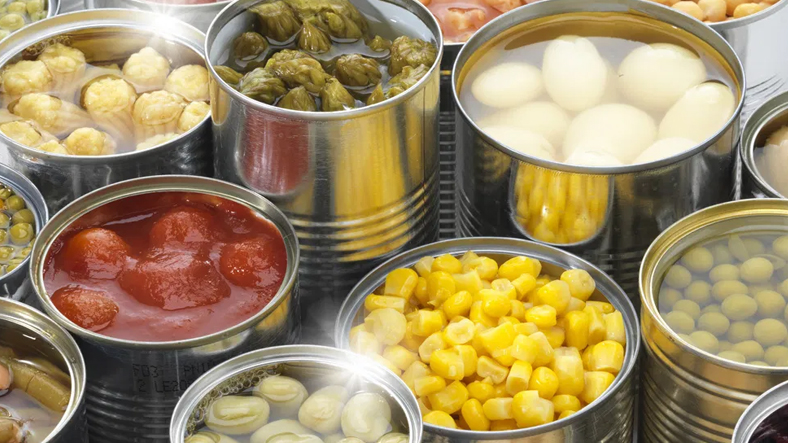
- canned food
- dried fruits
- Tahini-molasses
- Fruit juice
Make sure that the food materials you choose for the earthquake bag high calorie foods containing vitamins and carbohydrates make sure it is. In addition, it is very important that these materials are foods that prevent water loss and are not perishable. Dried fruits and foods should be in an airtight container, and the bottles of foods such as tahini and molasses that can create a long-term energy source should not be airtight. Also, do not place any food in glass storage containers, plastic and flexible containers be careful to use.
2. Water:
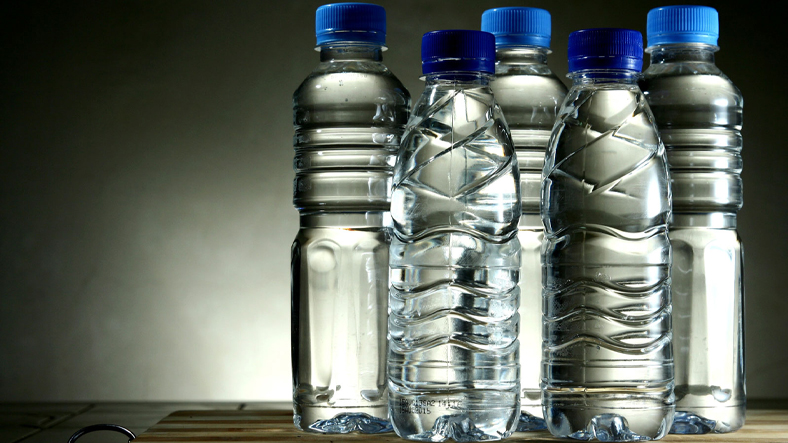
Next to food supplies earthquake bag You must store enough water for each family member. The time you will spend under the debris after a possible disaster is not certain, but it is important to put water in a minimum of 1 liter plastic bottles per person. Be careful not to use glass bottles. if possible PET bottles with spout or straw, durable flasks prefer.
3. Clothing suitable for the climate:
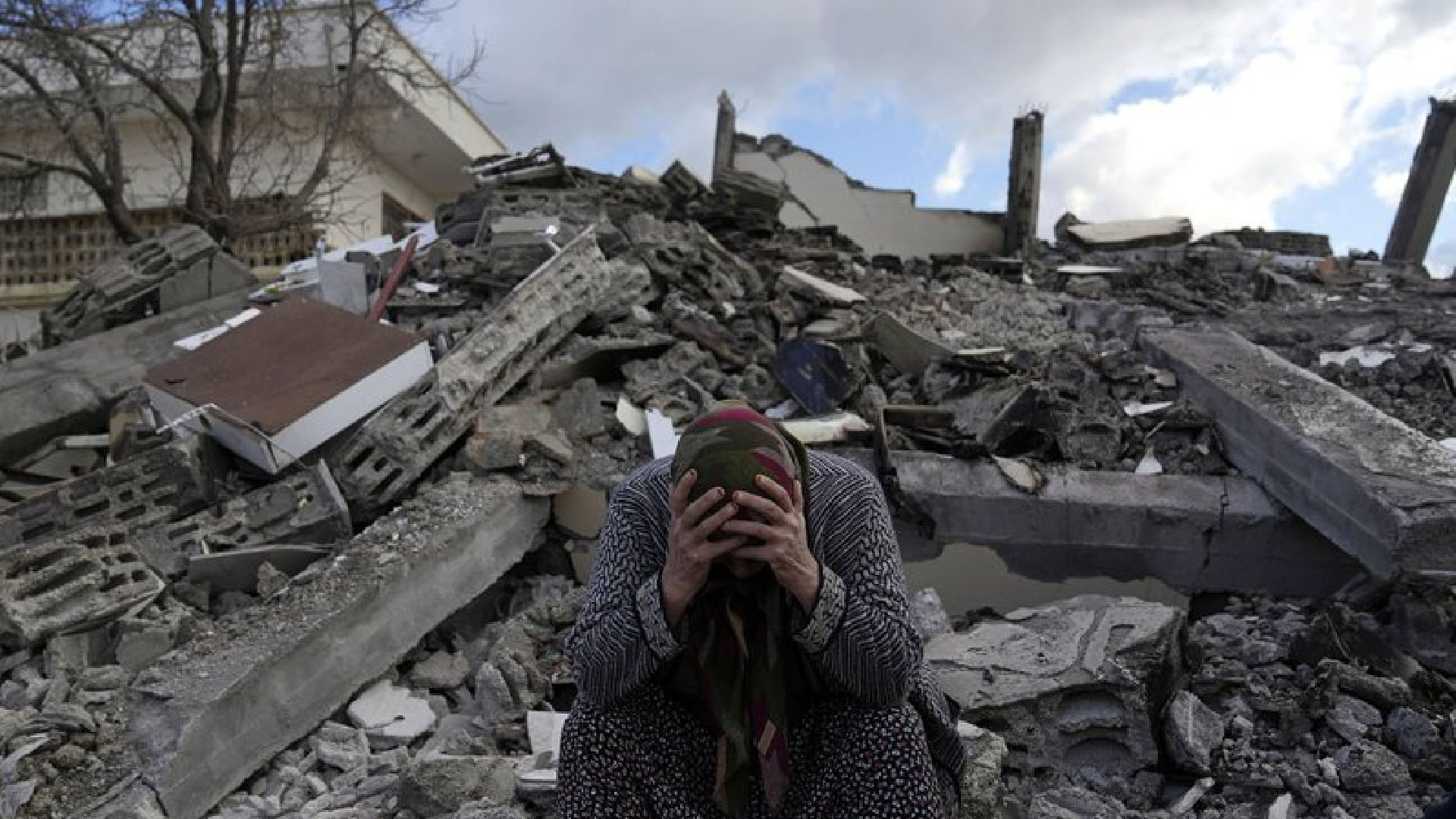
- Underwear
- Sock
- Raincoat
- Other clothes suitable for the climate
After basic clothing items such as underwear and socks, you can place clothes suitable for the climate characteristics of your living place in the bag. If you live in the eastern regions of our country, you can choose fleece clothes because they take up less space and keep warm. In addition, wearing a raincoat can protect your body against possible moisture or wetness. Affordable raincoats that are available at various sports shops and can be shrunk to fit in a pocket will do the trick.
4. First aid and hygiene items:
- A ready-made first aid kit or…
- Gauze
- Roll of plaster
- Tincture of iodine
- Painkiller
- Alcohol wet wipes
- Disinfectant and soap
- Paper towel or dry tissue
- Toothbrush and paste
- Sanitary pad
Earthquake bags are not only prepared to sustain life under the debris. These materials, which you can take with you when you leave your home after the earthquake, will be used from the first moments you spend outside. for you, your loved ones or other earthquake victims it can be quite useful.
5. Photocopies of important documents:
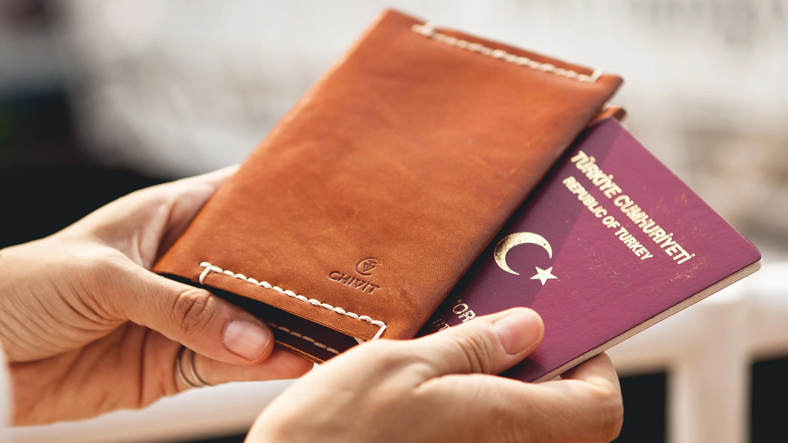
- Identity cards (ID card, driver’s license, etc.)
- Mandatory earthquake policy
- Title deed, insurance and license documents
- Diplomas
- Passport, bank wallet
- Other (health certificate of your pets, etc.)
Since you do not know how long you will be away from your home in such a situation, you may need some documents after you get rid of the wreckage. For this, you need to keep a photocopy of these documents in your earthquake bag. quite important. If possible, all photocopies it is like the original you can get approval.
6. Other materials:
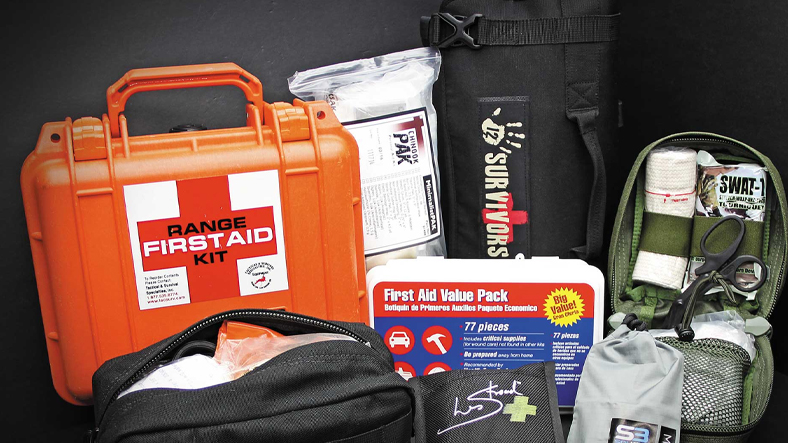
- sleeping bag or blanket
- Pocket knife, whistle, small scissors
- paper, pen
- Battery-powered radio, flashlight and spare batteries (long-life batteries should be selected)
The other materials you will put in the bag are just as important as the titles above. A battery-powered radio will make it easier for you to send and receive signals, and also to be aware of what’s going on, in case of a possible wreck. If you are unable to make a sound, this The whistle can save lives. Pocket knife and small scissors are also materials that you should have with you in case of various crises. The flashlight can make it easier for you to find your own way if possible, allowing you to give a sign of life to the outside. Spare batteries should not be forgotten either. In the event of being trapped under debris, paper and pen will come in handy in keeping you conscious for extended periods of time.
Steps to be taken before an earthquake
- Step #1: Create a safe space for yourself.
- Step #2: Practice earthquakes.
- Step #3: Create an evacuation plan.
- Step #4: Build an emergency supply kit.
These steps will help you to act more calmly during an earthquake. Pre-earthquake preparationswill always keep you one step ahead during any earthquake.
Step #1: Create a safe space for yourself:
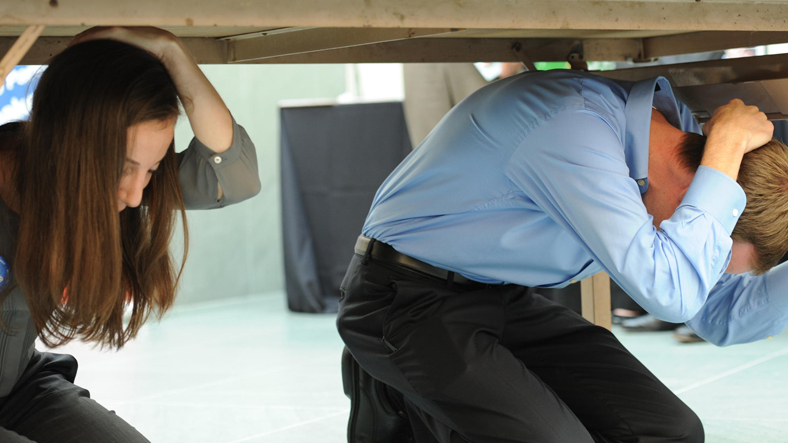
During an earthquake, most deaths and injuries are caused by collapsing building materials, heavy falling objects such as bookcases and cabinets. If your cabinets and bookcases are not fixed to the wall, during the earthquake The probability of their destruction is quite high, you should fix your heavy items without delay.
One for each room in your home. safe zone Identify these areas and show them to all your family members. This area should be away from heavy items such as cabinets and bookshelves, and should be the area where no items will fall on you in case of a possible earthquake. In addition to fixed solid furniture, the sides, front and back of the seats, and under the tables are generally the most ideal living triangles. If you do not have such opportunities, it is necessary to stay close to the carrier girders of the building, to stay away from the walls and the middle parts of the rooms.
Step #2: Practice earthquakes:
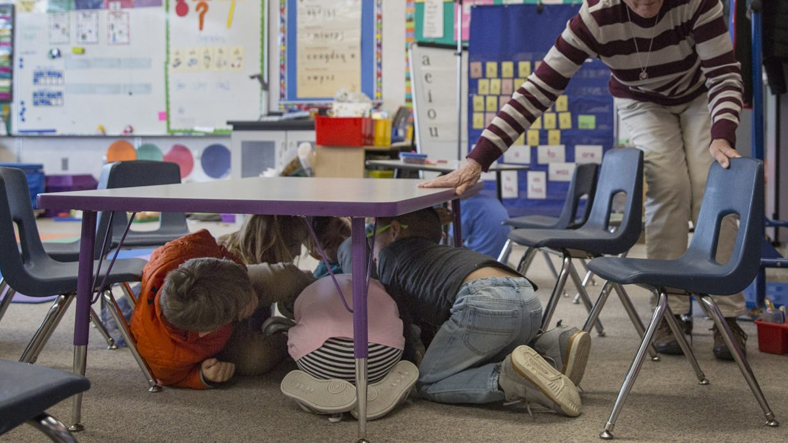
If you previously earthquake practice And if you plan, you can make the right decisions for yourself and your loved ones during an earthquake. Because you have practiced before, you will have the ability to act more cold-blooded.
Especially if you have children at home, bring the whole family together. earthquake drill force to do it. Attending an earthquake drill will make you aware of what to do if you and your loved ones are with them during an earthquake. This type of earthquake drills are sometimes held with students in schools. It is very important that an earthquake drill outside the school is carried out with the family.
Step #3: Create an evacuation plan:
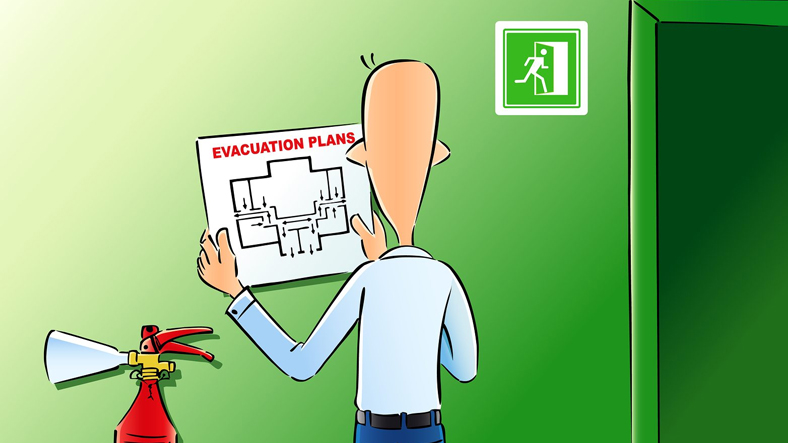
In order to take you and your loved ones to the safe area quickly after the earthquake, there is a evacuation plan you need to create. Creating an evacuation plan will help you a lot in the event of an earthquake, like the exercise we mentioned above.
Take a few moments with your family evacuation plan create. Make plans about how to evacuate faster from which room of your house, apartment, street, and make sure that all family members fully understand this.
Step #4: Create an emergency supply kit:
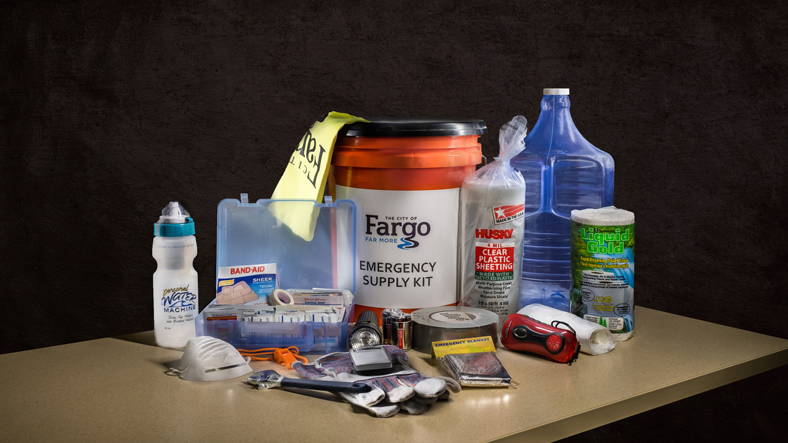
- ax
- Spade
- Mop
- A rope for towing or rescue
- Durable shoes that can protect against glass, nails and other debris
- pairs of gloves
- Fire extinguisher
Here are some things you should have in your home along with an earthquake kit. emergency goods available. These are the items that you may need during or after the earthquake and that you should keep in a special cupboard in your home.
AFAD We have listed the earthquake bag materials prepared by How to prepare an earthquake bag? This is our content. Especially in this period, where we have lost a lot due to earthquakes in the last 1 year, you should definitely take these steps.
RELATED NEWS
A Site That Shows You Are Eligible To Donate Blood In order Not To Busy Blood Donation Centers Unnecessarily
RELATED NEWS
Earthquake Victims’ ‘Silencing’ Reacts in Interviews
RELATED NEWS
sahibinden.com Donates 50 Million TL to Help the Earthquake Zone: Ford Otosan Announces It Will Establish a Field Hospital
RELATED NEWS
What Techniques Can Non-Destroyed Buildings Be Made in Japan, Another Earthquake Country?
RELATED NEWS
You Can Extend A Helping Hand Without Going: All Institutions and Organizations You Can Help for an Earthquake
RELATED NEWS
